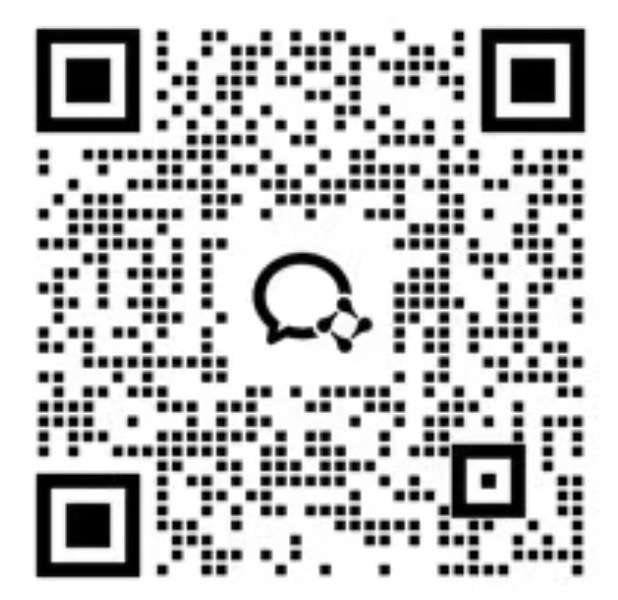英文【Wunderkind】美国关税:消费者影响调查
July 2025U.S. Tariffs:Consumer ImpactSurvey SeriesA special report following consumer purchase intent and behaviors2This mini-report equips brand marketers with the insights they need to align messaging and promotional strategies to evolving consumer expectations. It is based on survey data collected between July 11 & 14, 2025, from 303 U.S. consumers, evenly split across genders and adult age groups. Inside, we outline the new rules of engagement for brands navigating economic turbulence and planning for revenue resilience in the months ahead.We plan to continue to poll U.S. consumer sentiment and behavior as long as tariffs persist in 2025.Market Alert:Tariffs Are Reshaping Consumer SentimentIn July 2025, continued tariff pressures and inflation are prompting notable shifts in how U.S. consumers shop. This report explores shopper attitudes and behaviors across age and gender groups, uncovering trends in spending caution, deal-seeking, and brand loyalty. Drawing from the latest survey data, we examine how rising prices are shaping everyday purchase decisions—from the channels consumers trust for offers to the tactics they use to save. Marketers and brands will find actionable insights and strategies for adapting to this rapidly evolving environment and building lasting connections with todayʼs value-driven shoppers.362%Almost two-third of consumers feel either cautious, pessimistic or panicked about the economy. Economic Sentiment: Caution and Worry PrevailsConsumer confidence in July 2025 shows an environment still marked by caution and lingering economic uncertainty. Just 23% of respondents feel more secure than they did in January, while a much larger share describe themselves as cautious, pessimistic or even panicked (62% combined). Only 14% feel unchanged, highlighting that the vast majority have been impacted by recent price increases and tariff developments.Demographic splits are significant. Men (31%), Boomers (28%) and Millennials (28%) are the most optimistic about the economy, versus just 16% of women and 15% of Gen Z. These two cohorts are also the most likely to feel panicked at 22%.This landscape underscores the need for brands to lean into value-driven, empathetic messaging. Marketers should offer reassurance and budget-friendly options for women and Gen Z, while aspirational and forward-focused narratives can engage more optimistic segments, particularly men and Boomers.4Price Pressures:Consumers Adapt Habits as Tariff Concerns GrowMid-2025 finds U.S. shoppers responding in tangible ways to continued price increases and tariff-related pressures. The majority have made noticeable changes to their purchasing habits, with the largest share of respondents (32%) saying they are more aggressively looking for discounts, closely followed by 31% reporting they are buying fewer non-essential items. Only a small fraction, of 12% have yet to adjust their behavior, signaling that rising costs are shaping the vast majority of consumer routines.Gender
英文【Wunderkind】美国关税:消费者影响调查,点击即可下载。报告格式为PDF,大小0.93M,页数18页,欢迎下载。









